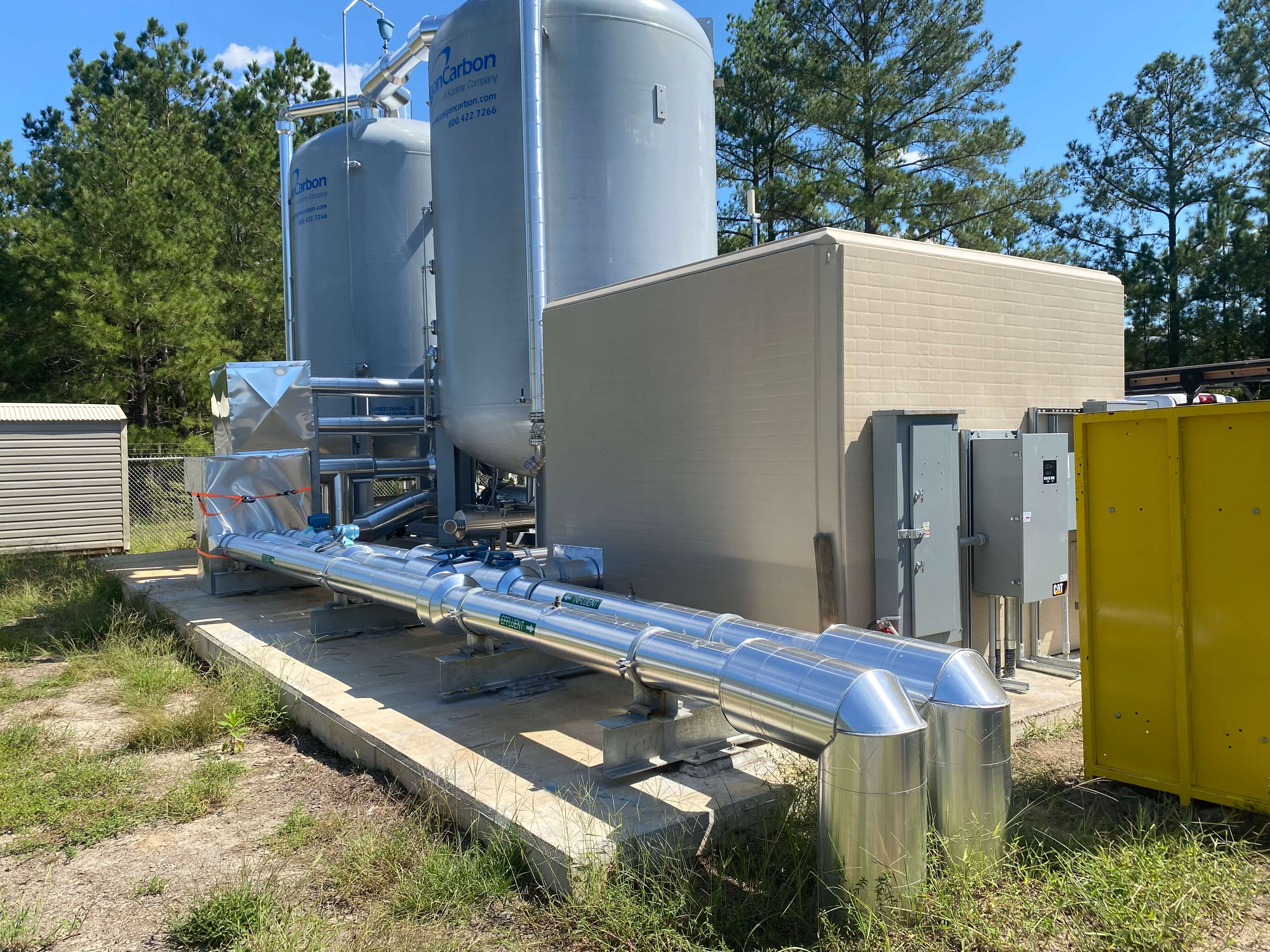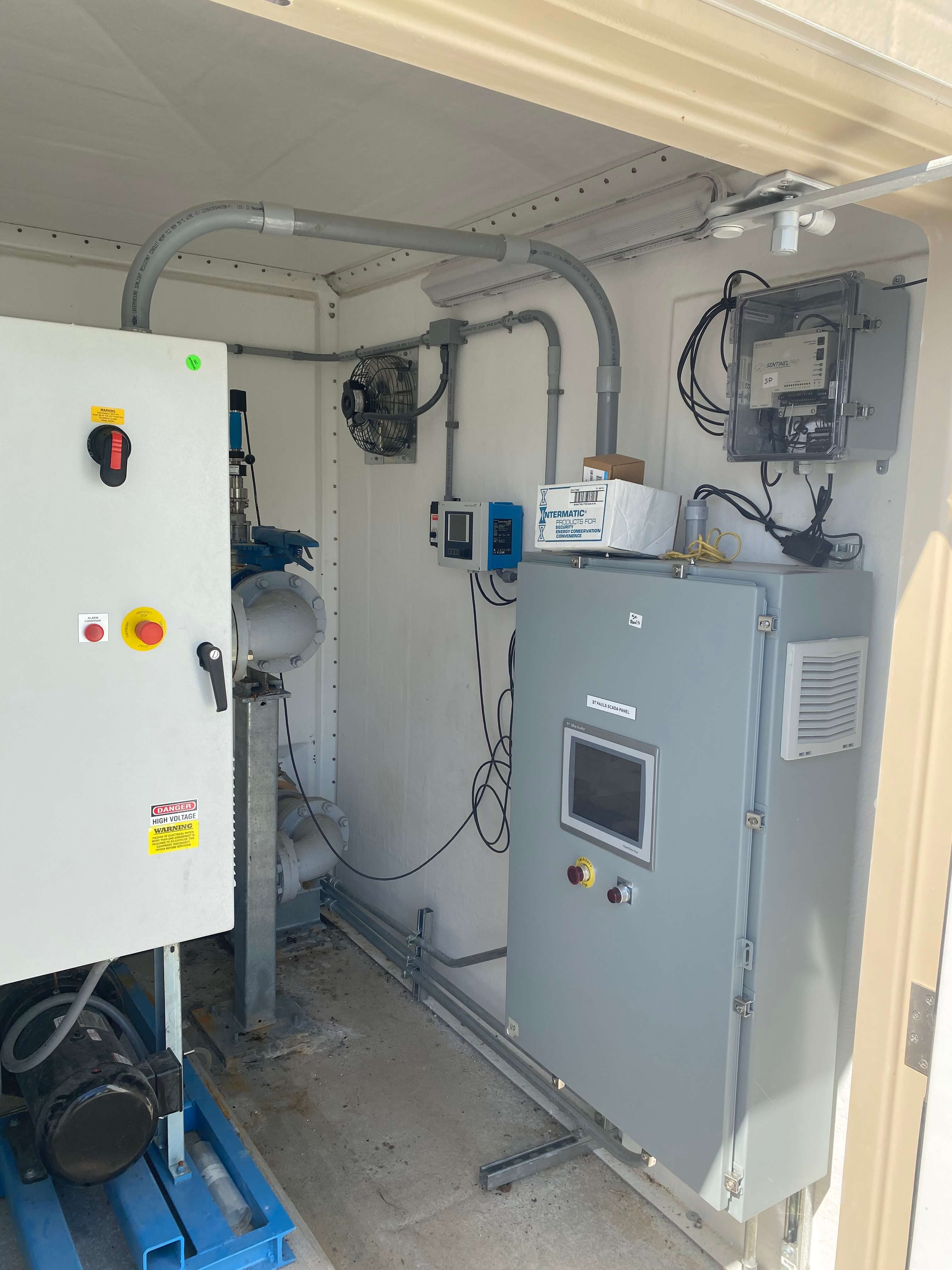Protecting Booster Pumps For PFAS Removal System Case Study
The Project
Bladen County, North Carolina's public water system uses groundwater to service a significant portion of its 29,606 residents. Recent sampling showed that two of the County's wells showed detectable levels of per- and polyfluoroalkyl substances – known as PFAS, most notably GenX, a man-made chemical compound used in and a by-product of manufacturing consumer products like cookware, food packaging, and stain repellents.
An agreement between the County's Board of Commissioners and the company that was the source of the contamination includes provisions for the company to provide the infrastructure required to expand the County's water distribution system and to pay for and maintain PFAS treatment systems at the two affected County wells.
The updated treatment process includes new booster pumps that move the water from the wells through pretreatment and into the initial filtration, which removes sediment and iron from the water. PFAS removal happens in a Granular Activated Carbon (GAC) system, where carbon traps the chemicals and other impurities and holds them in two absorber tanks. One tank acts as primary filtration, and the second is a backup. The filtered water then moves through final chemical disinfection and into the municipal distribution system or storage.

The Custom Fiberglass Enclosures
Why Shelter Works Fiberglass
Low Maintenance: Fiberglass is highly durable and resistant to corrosion caused by environmental factors like moisture, chemicals, and UV radiation. It does not require the regular application of paint or inhibitors to maintain these qualities. It will not warp, corrode, or deteriorate over time, ensuring long-lasting equipment protection and reliable operation regardless of external environmental factors.
Lowest Lifetime Cost of Ownership: Fiberglass shelters are often less expensive than their metal or concrete counterparts. Shelter Works fiberglass buildings are the longest-lasting shelters in the industry and require no costly maintenance. They will easily outlast their 25-year warranty, offering the lowest lifetime cost of ownership. A Shelter Works fiberglass enclosure often outlasts the investment it protects.



